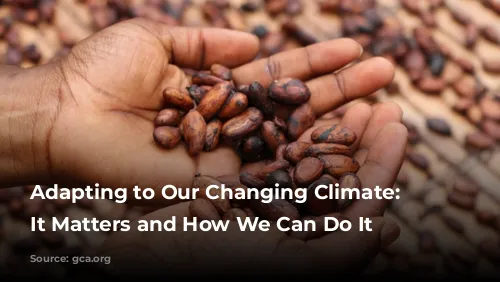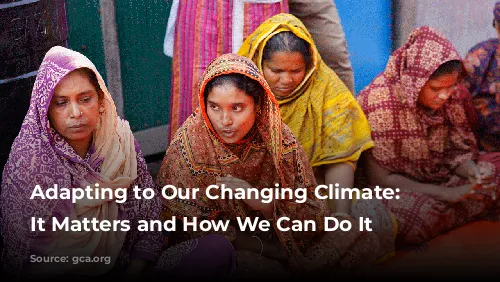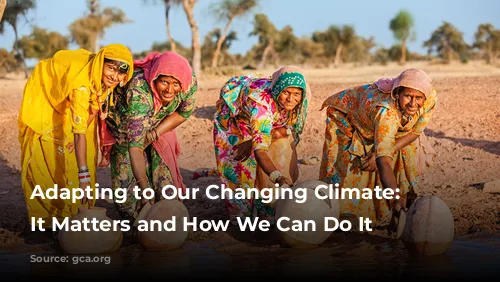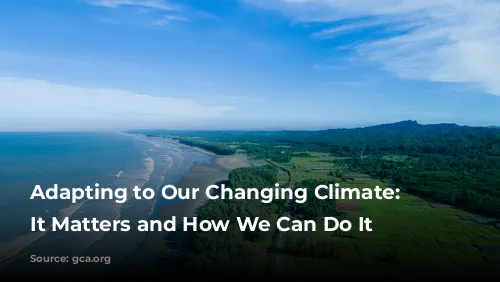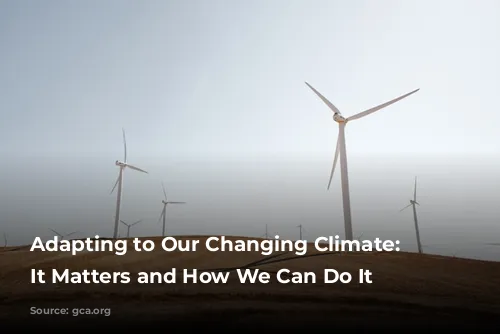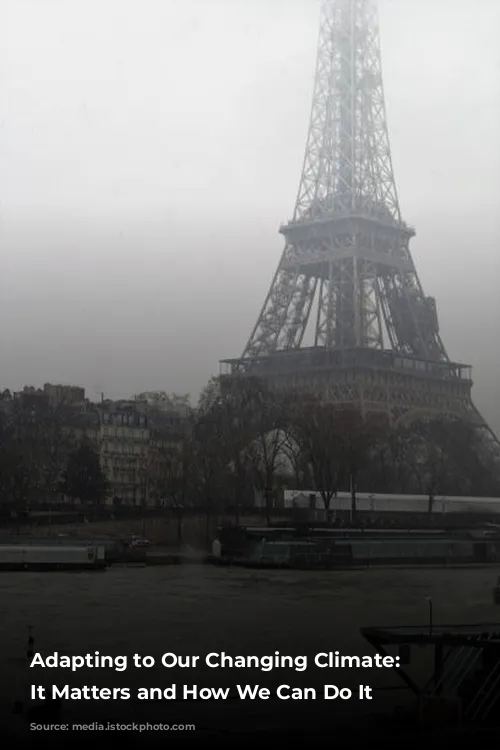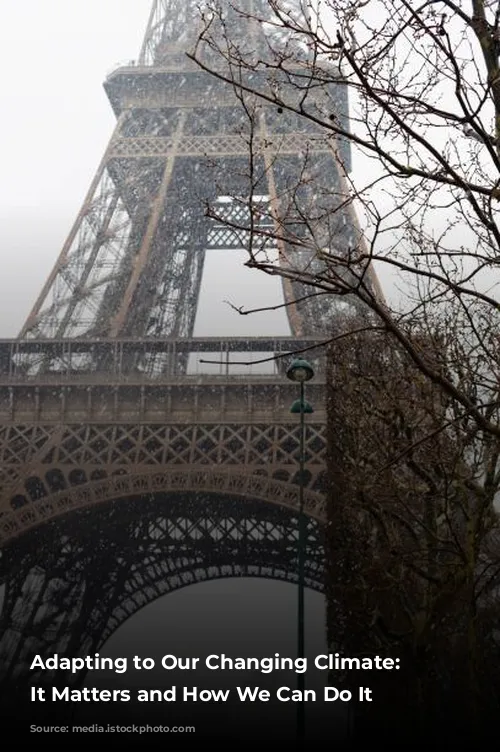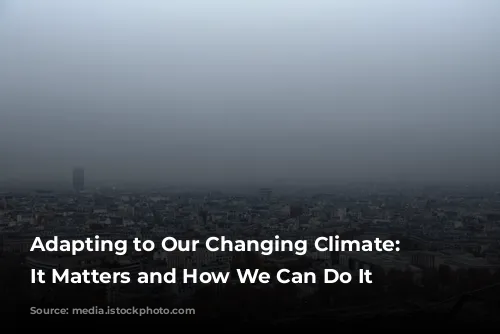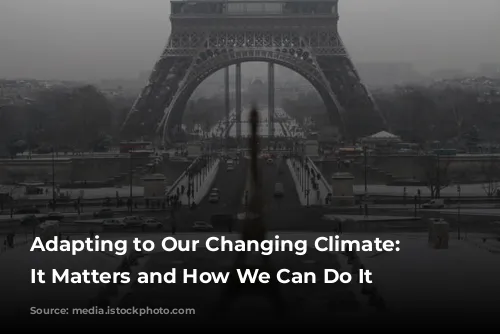Climate change is already happening, bringing with it a cascade of challenges. But it’s not just about the problems; it’s about finding solutions and building a resilient future. That’s where climate adaptation comes in.
This means taking proactive steps to prepare for and adjust to the effects of our changing climate. We can’t stop climate change overnight, but we can mitigate its worst impacts by taking action now.
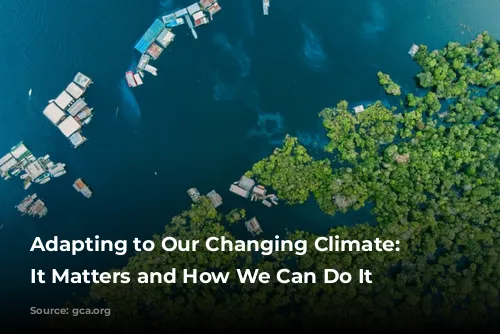
Why Adaptation Is Crucial for a Sustainable Future
We are already seeing the effects of climate change, with extreme weather events becoming more common and intense. Heatwaves, droughts, and floods are putting immense pressure on communities around the world.
Adaptation is about reducing our vulnerability to these challenges and building resilience so we can thrive in the face of a changing climate. It’s about finding ways to cope with the inevitable impacts of climate change and harnessing opportunities that emerge from it.

Adaptation in Action: Real-World Examples from Around the Globe
Climate adaptation isn’t just a theory; it’s happening right now in communities all over the world. From innovative water management systems to resilient infrastructure, people are finding creative solutions to the challenges of a changing climate.
Rotterdam, a city in the Netherlands known for its innovative approach to urban planning, uses multipurpose rainwater storage and green spaces to manage heavy rainfall and flooding.
In Beijing, where most of the rainfall occurs during the summer months, floodplains and wetlands act as natural buffers, protecting the city from excessive flooding.
The Wadden Sea Region in the Netherlands has implemented a “double dike” system to protect the coastline from coastal flooding while also managing sediment and supporting the local seafood industry.
These are just a few examples of how communities are adapting to climate change. By learning from each other, we can develop and deploy effective solutions that can benefit everyone.
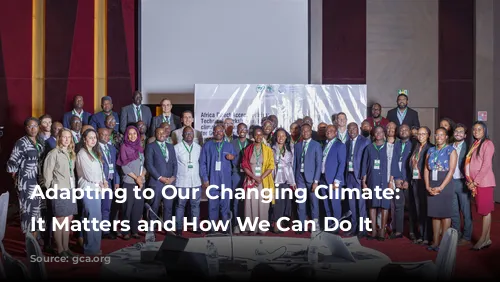
Building a Climate-Resilient Future: The Role of Finance
Climate adaptation finance is essential to scaling up these efforts and enabling communities to build resilience against the impacts of climate change. This funding can come from a variety of sources, including governments, international organizations, the private sector, and philanthropic foundations.
It can take many forms, including grants, loans, risk management tools, carbon offsetting, and public-private partnerships. By investing in adaptation measures, we can reduce vulnerability, protect lives and livelihoods, and create a more sustainable future.

Working Together for a More Resilient Tomorrow
Climate adaptation is a global effort that requires collaboration, innovation, and a commitment to sustainability. By sharing knowledge, resources, and best practices, we can accelerate progress and build a more resilient future for all.
This is not just about surviving climate change; it’s about thriving in the face of it. By embracing adaptation, we can create a future that is more equitable, more sustainable, and more resilient to the challenges of a changing climate.
